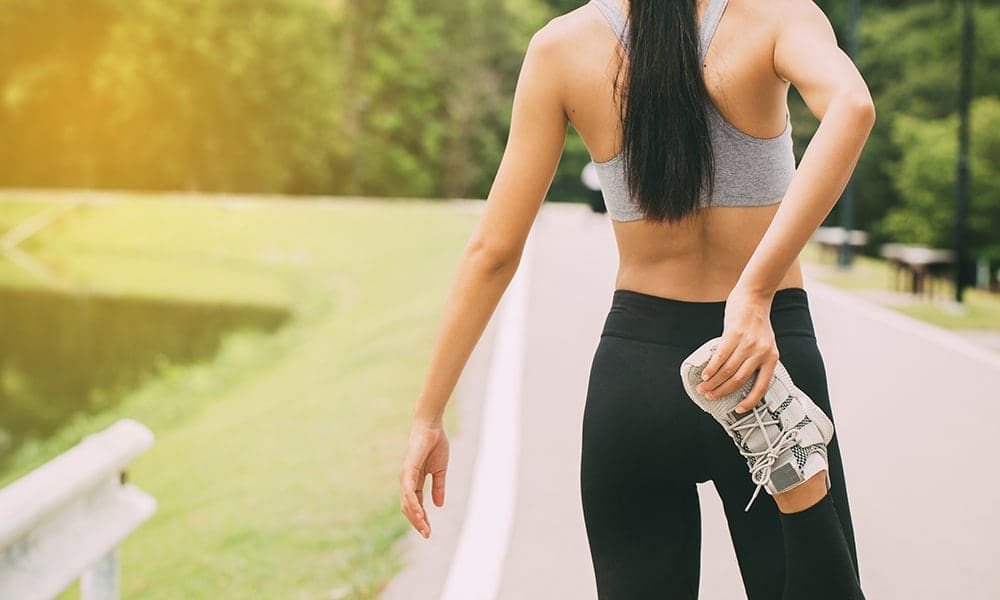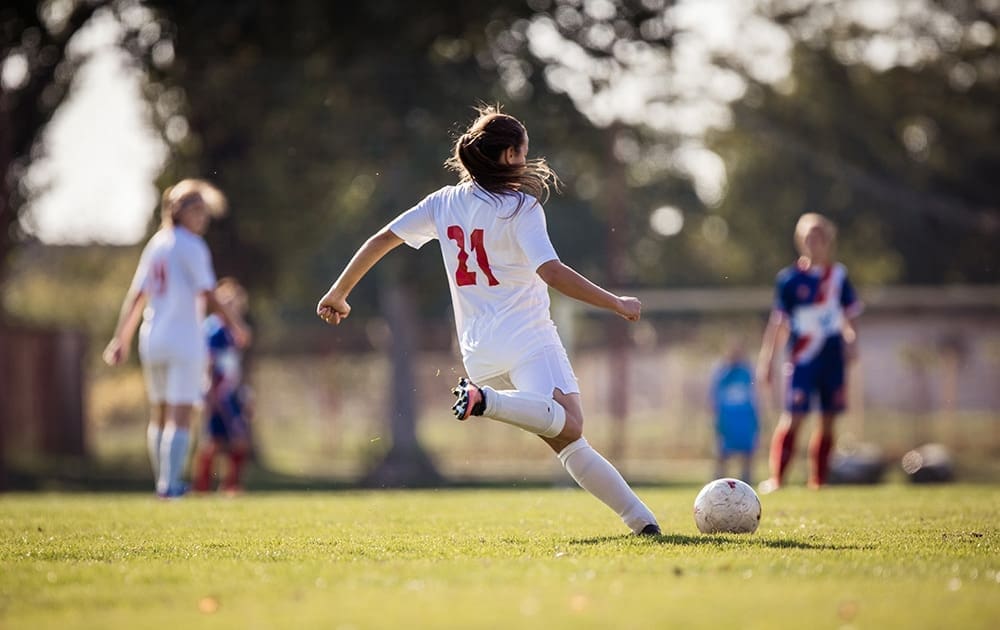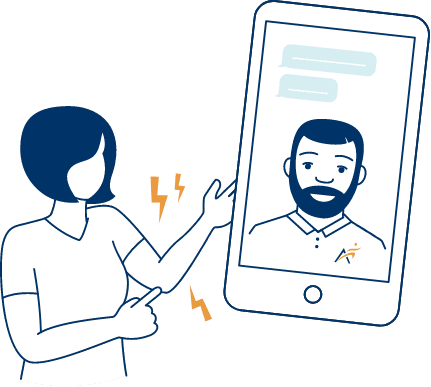- About
Who We Are
Partner With Airrosti
Testimonials
- Locations
Nationwide Care
Our virtual care option, Airrosti Remote Recovery is available nationwide.
Find A Location Nearest You
- Injuries We Treat
- No Cost Assessments
- Virtual Care
- Careers
Our virtual care option, Airrosti Remote Recovery is available nationwide.
(21,000+ reviews on Google across 150+ locations)
Osgood-Schlatter Disease is a common cause of knee pain in adolescents and young adults. This disease is the result of inflammation of the growth plate near the kneecap from repeated overuse.
As the body develops, growth plates made from cartilage can be found at the ends of bones like the shins and femur. These growth plates allow our bones to become longer until we reach puberty. In the tibia, a bony prominence called the tibial tuberosity can be found overlapping the growth plates in the uppermost portion of the shin. This is also where the patellar tendon attaches. Excessive movements like running or jumping cause the quadriceps muscles to pull on the patellar tendon, which then pulls on the tibial tuberosity. This repetitive stress causes an inflammatory reaction, leading to pain and a bony tender bump just below the kneecap.

The disorder, often referred to as part of “growing pains,” is seen most often in active, athletic adolescents and teens. Osgood-Schlatter Disease typically develops in children between the ages of 12 and 18. Children who participate in sports that involve running, jumping, and swift changes of direction, such as soccer, basketball, and ballet, are at higher risk than children who do not participate in sports.
Symptoms of Osgood-Schlatter Disease usually begin after a recent growth spurt. Signs to look for include:
The pain associated with Osgood-Schlatter Disease varies from person to person. Some have only mild pain while performing certain activities, especially running and jumping. For others, the pain is nearly constant and debilitating. It usually occurs in just one knee, but sometimes it develops in both knees.

This condition can last from weeks to months and may recur until your child has stopped growing. Sometimes, even after the child has fully grown, pain and discomfort can still be felt.
Good flexibility can not only help prevent the onset of Osgood-Schlatter Disease, but it can also help boost recovery. Below are two gentle and easy stretches that can be done at home to help improve flexibility and release any lingering tension.

Standing Quad Stretch
Hamstring Stretch with Resistance Band
Although most cases do get better on their own, recovery typically takes several weeks or months. Adolescents can continue to play sports if the activity does not cause pain, but activity and lack of proper treatment can prolong recovery. As a result, rest and avoidance of athletic activity is usually recommended, along with medication for pain and swelling.

At Airrosti, we focus on treating injuries like Osgood-Schlatter Disease directly at the source. Unlike traditional methods of treatment, Airrosti’s method eliminates pain in an average of three visits, based on patient-reported outcomes.
Reviewed by Casey Crisp, Doctor of Chiropractic
Disclaimer: Always consult with your doctor before starting any exercise program. If you experience any numbness, tingling or reproduction of your symptoms, please contact your doctor.

